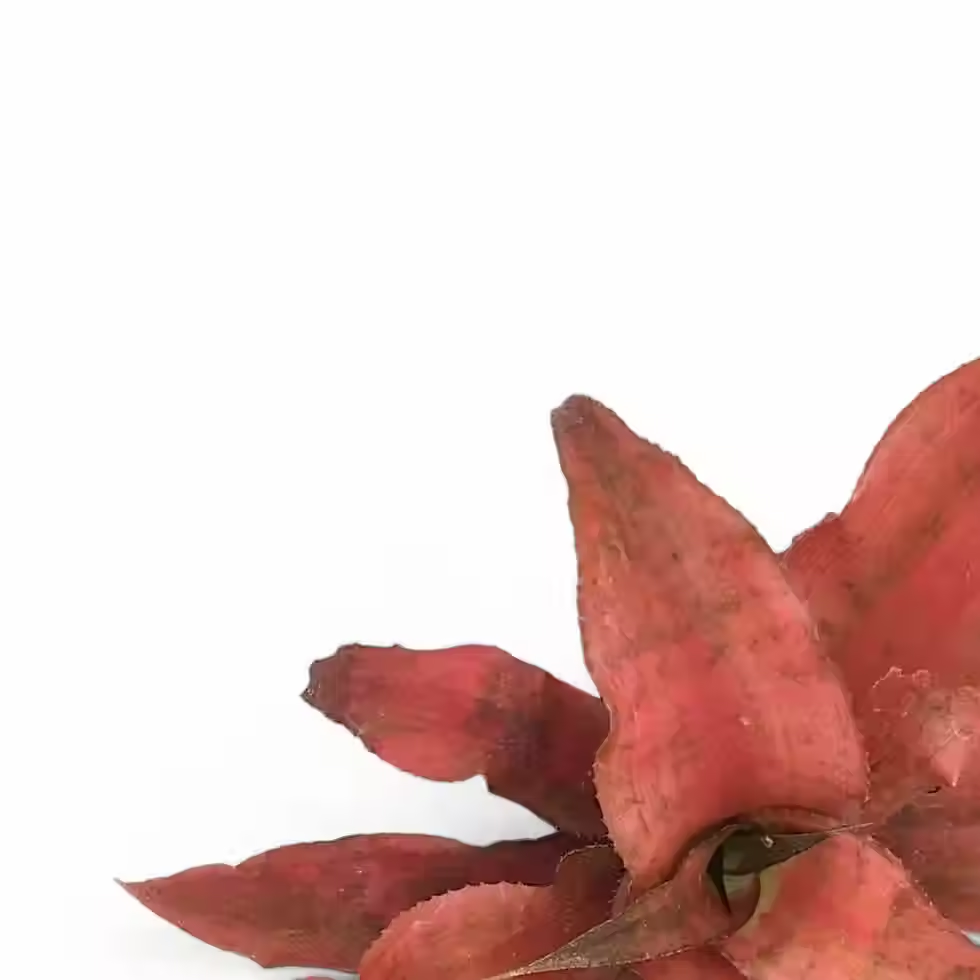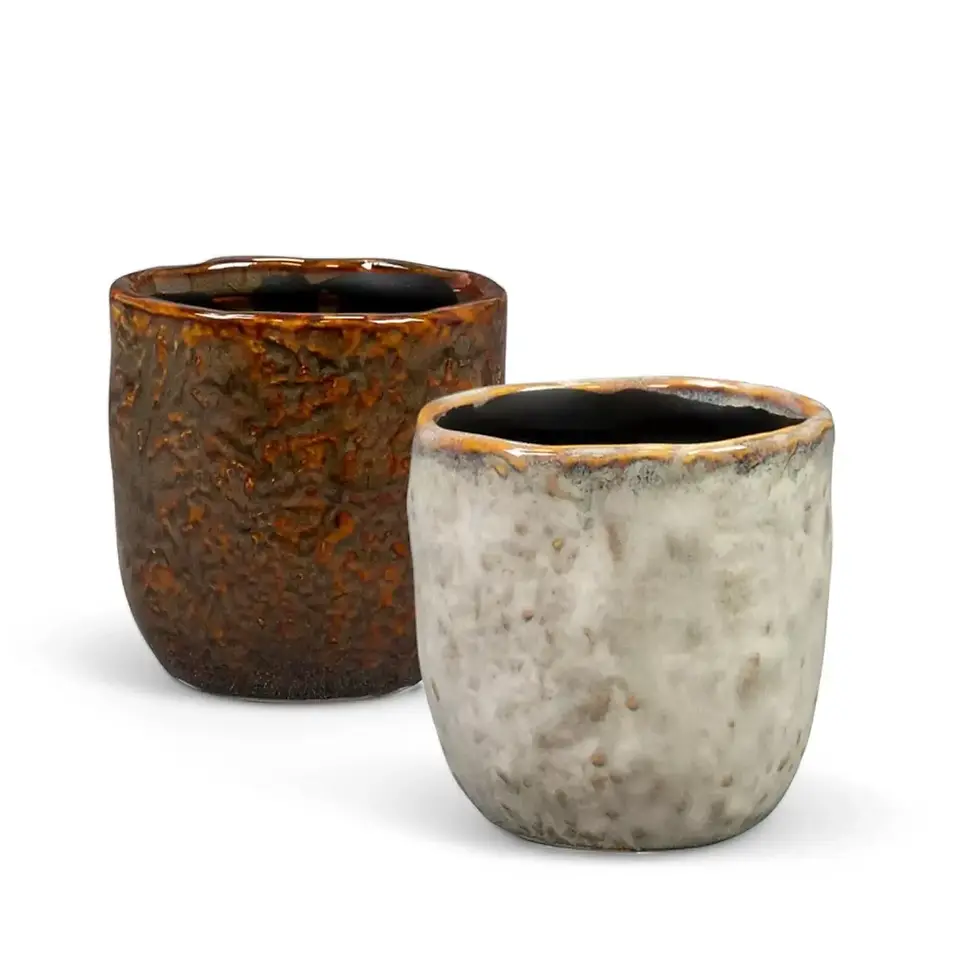Philodendron esmeraldense - Features and Care Guide
Philodendron esmeraldense is a captivating tropical plant with elongated, emerald-green leaves. Its pronounced veining and lanceolate leaf shape make it a standout in any indoor greenery collection. This climbing aroid thrives when given the right support, such as a moss pole or trellis, allowing it to display its natural elegance fully. With stunning foliage and exotic appeal, Philodendron esmeraldense is a beautiful choice for plant lovers seeking something truly unique.
Key Features of Philodendron esmeraldense
- Distinctive Foliage: Long, narrow leaves with a radiant emerald hue and prominent veining.
- Growth Habit: Climbs naturally with support, creating a striking vertical display.
- Indoor Size: Reaches up to 1.5-2 meters tall and spreads 50-80 cm wide indoors.
- Durability: Glossy, hardy leaves that thrive with proper care.
- Toxicity Warning: Contains calcium oxalates, which are toxic if ingested.
Natural Habitat of Philodendron esmeraldense
Native to the tropical rainforests of Ecuador, Philodendron esmeraldense grows as an epiphyte or hemiepiphyte in warm, humid conditions. Its natural environment is marked by temperatures of 18-26°C and regular rainfall, making it well-suited to high humidity and indirect light indoors.
Care Tips for Philodendron esmeraldense
- Light: Thrives in bright, indirect light. Avoid direct sunlight, which can scorch the leaves.
- Watering: Keep the soil consistently moist but not waterlogged. Allow the top 2-3 cm of soil to dry before watering.
- Humidity: Prefers high humidity levels (60-80%). Use a humidifier if needed.
- Temperature: Maintain 18-26°C. Protect from cold drafts.
- Soil: Use a well-draining mix rich in organic matter, such as a combination of orchid bark, perlite, and coconut coir.
- Fertilizing: Feed every 4-6 weeks with a balanced liquid fertilizer during the growing season.
- Pruning: Trim leggy growth and remove yellow or damaged leaves to encourage healthy growth.
Propagation of Philodendron esmeraldense
- Stem Cuttings: Use cuttings with at least one node for successful rooting.
- Hydroponics: Adapts well to semi-hydroponic systems with LECA or perlite.
- Support Needs: Provide a moss pole or trellis to support its climbing habit.
Common Issues and Solutions for Philodendron esmeraldense
- Pests: Treat spider mites, mealybugs, and thrips with insecticidal soap , neem oil, or use beneficial insects.
- Root Rot: Ensure well-draining soil and avoid overwatering.
- Browning Leaf Tips: Often due to low humidity or inconsistent watering. Boost humidity and check watering practices.
- Yellowing Leaves: Typically from overwatering. Adjust watering schedule accordingly.
- Fungal Issues: Improve air circulation and avoid wetting leaves directly.
Etymology of Philodendron esmeraldense
The name "Philodendron" comes from Greek words “philo” (love) and “dendron” (tree), highlighting its natural climbing habit. The species name "esmeraldense" honors the Ecuadorian province of Esmeraldas, where this plant was first identified.
FAQs About Philodendron esmeraldense
- Is Philodendron esmeraldense toxic to pets? - Yes, it contains calcium oxalates which are toxic if ingested.
- How can I encourage faster growth? - Provide bright, indirect light, consistent humidity, and regular feeding.
- What type of support is best? - A moss pole or trellis is ideal for supporting its climbing nature.
- How often should I water? - Water when the top 2-3 cm of soil feels dry.
- Can it grow in low light? - It can adapt to lower light but thrives best in bright, indirect light.
Order Philodendron esmeraldense Today!
Bring the lush beauty of Ecuador's rainforests into your home with Philodendron esmeraldense. Its unique foliage and easy-care nature make it a must-have for any plant lover. Order now and elevate your indoor greenery!
Philodendron esmeraldense
Philodendron esmeraldense comes in a ⌀ 12 cm pot and is.is approximately 25 cm tall

























































